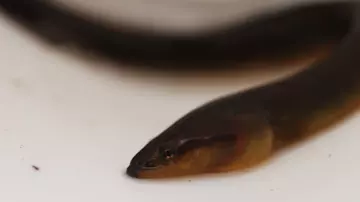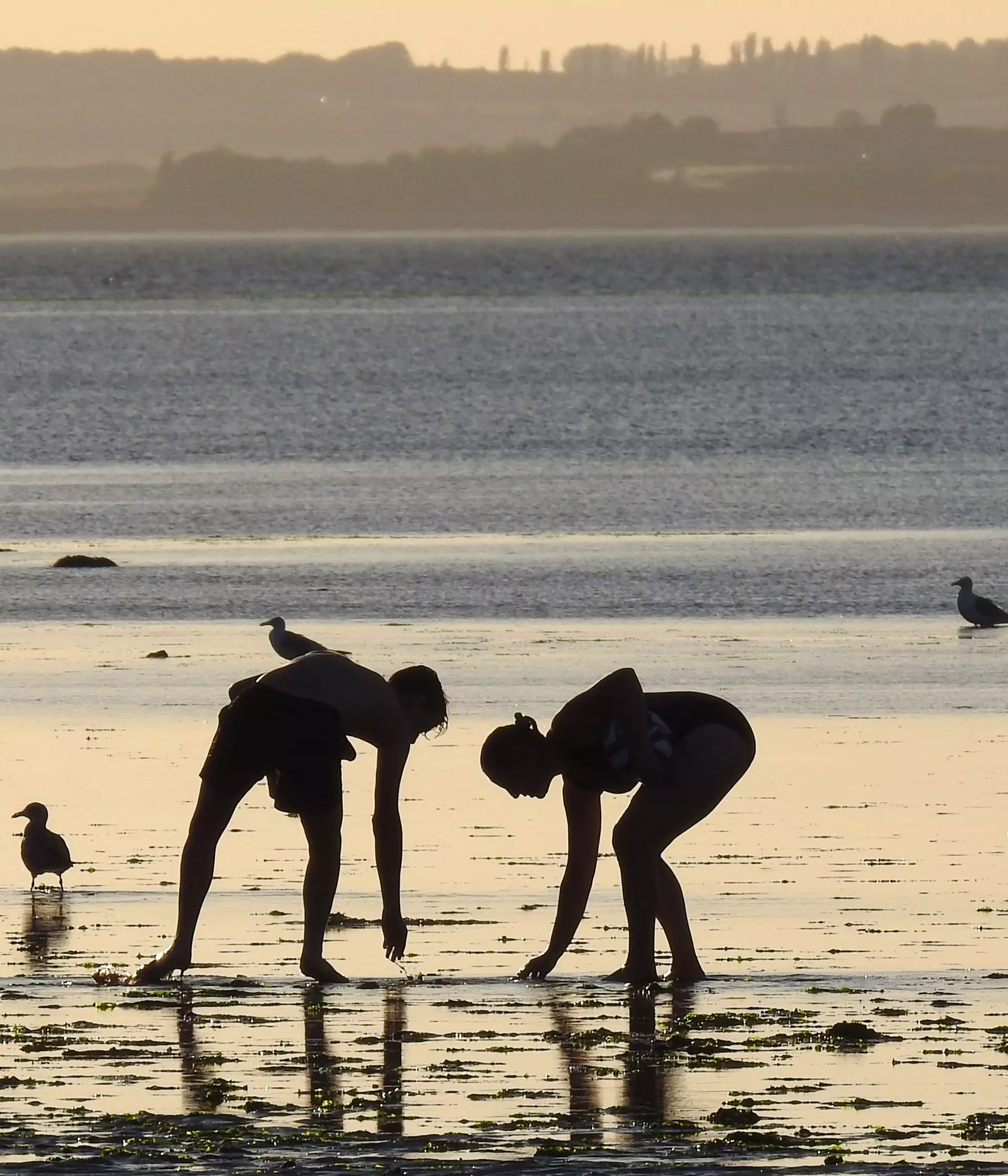Since it was declared biologically dead in 1957 in parts, the tidal stretch of the River Thames has made an astounding recovery.
Results of the first complete health check of the River Thames were published on 10th November 2021, by ZSL, revealing positive news for wildlife, and ecosystem recovery, while warning of pollution and climate change threats. The first-ever State of the Thames Report, led by ZSL uses 17 different indicators to assess the health of the Thames’ natural environment. Funded by Royal Bank of Canada as part of its RBC Blue Water Project®, the report saw experts from 16 organisations demonstrate what has changed for the Thames since it was declared ‘biologically dead’ in 1957.
Methods
With help from experts from over 16 collaborating organisations, 17 indicators were identified, spanning water quality, ecology, and human benefits. For as many indicators as possible, best available time series data was found and analysed to determine long and short-term trends. Where time series data were unavailable, important baselines were set for future comparison.
Summary of findings
Highlighting the impact of dedicated conservation efforts, the overall picture was bright for nature, with evidence of an increase in a range of bird species, marine mammals and natural habitats such as carbon-capturing salt marsh. Surprising species living in the Thames include seahorses, eels, seals and even sharks, including tope, starry smooth hound and spurdog. Since the early 1990’s, the number of fish species found in the Tidal areas of the river have showed a slight decline, with conservation scientists saying that further research is needed to determine the cause.
Climate change has increased the temperature of the capital's waterway by 0.2⁰C per year on average, which combined with associated sea-level rises, paints a worrying picture.
Water levels have been increasing since monitoring began in 1911 in the Tidal Thames. Sea level at Silvertown has been rising 4.26mm per year on average since 1990. Water temperature also showed a significant increase during summer and winter in both the long-term (2007–2020) and short-term (2015–2020) data sets. As water temperature and sea levels continue to rise above historic baselines, the estuary’s wildlife will be particularly impacted, through changes to species’ lifecycles and ranges.
Also, the findings show significant long-term improvements in water quality thanks to updated sewage treatment works, seen particularly in improvements to dissolved oxygen availability, and declines in phosphorus concentrations. However, sewage effluent continues to cause high nitrate concentrations which can be dangerous to aquatic life. The effects of climate change on the estuary are seen by rising sea levels (4.26mm per year at Silvertown) and increasing water temperatures (about 0.2⁰C per year in the Upper Thames).
Habitat Restoration
The report describes how creation of new saltmarsh habitat, ‘estuary edges’, and plans for the re-wetting of floodplains in the Upper Tidal Thames all indicate a shift towards habitat restoration in the estuary. Birds and marine mammals have both seen short-term increases in population numbers. Despite these improvements, a historic decline in habitat extent in the Tidal Thames is captured by calculating the long-term decline in salt marsh area. Further, the number of fish species found in the Tidal Thames also showed a slight decline in recent years, however further research is needed to determine the cause.
What is the water-quality of the River Thames like?
Short-term trends reveal that water quality has improved, with dissolved oxygen (DO) concentrations showing a positive, long-term increase from 2007 to 2020. Understanding DO concentrations is important as low concentrations (less than 45% DO) can kill fish and impact relationships between key species that live in the river.
Overall, phosphorus concentrations have decreased since the 1990s. The average concentrations taken from the yearly data from 1990 to 2020 indicated that in many cases, improvements at sewage treatment works have been successful in reducing phosphorus loadings entering the river.
However, there has been a long-term increase in nitrate concentrations, which can negatively affect water quality and be damaging to wildlife. The Environment Agency has identified industrial and sewage effluent as the main source of nitrate in London waterbodies. In addition, there are many chemicals of concern that are not being regularly monitored, with potentially harmful impacts on the wildlife of the Thames.
The Environment Agency's Commitment
The Environment Agency are also planning for climate-induced changes, with their Thames Estuary 2100 Plan which sets out a long-term approach for adapting to rising sea levels. ZSL is calling for nature-based solutions to be at the heart of this.
James Brand, Thames Estuary 2100 Advisor at the Environment Agency said:
“We are pleased to support the State of the Thames Report published today. If we are going to tackle the climate emergency, nature needs to be at the heart of our solution, both in slowing the pace of future change and adapting to the changes that we are already seeing.
“The Environment Agency is committed to reaching net zero by 2030 and improving water quality in our rivers. The Thames Estuary 2100 Plan advocates adapting to rising sea levels by thinking holistically about our riversides, incorporating new wildlife habitat, and other environmental improvements as we work in partnership to upgrade flood defences.”
As well as providing vital evidence about the ways the 215-mile Thames is used, and the importance of the river for local people and the millions of visitors that come to London each year, the report also features the first-ever indicator for plastic pollution in the Thames. This creates a baseline for scientists to work from and monitor as the years go on.
The Tidal Thames supports over 115 species of fish, 92 species of bird and has almost 600 hectares of saltmarsh which is a crucial habitat for a range of wildlife. For the nine million people living alongside it, it also provides drinking water, food, livelihoods, and protection from coastal flooding.
The importance of natural solutions
Alongside technological solutions, it is well recognised that Nature-based Solutions such as habitat restoration, can also provide benefits for both biodiversity and protecting against the impacts of climate change. Tidal Thames habitats, such as mudflats, wetlands, tidal marshes, reedbeds and saltmarsh for example, are not only important places for species of birds, fish, and seals, but also critical ‘blue carbon’ stores. Their role in offsetting the damaging impacts of human-educed carbon emissions means that protecting them is even more essential.
Alison Debney said: “While there have been heavy, historic losses of the natural habitat to urban development, ZSL is working closely with partners to create new estuarine habitat including native oysters, seagrass and saltmarsh habitat. Between them, these not only help to restore wildlife in the river, but also act as natural flood defences, and help to mitigate against extreme weather such as storms and floods.

A resilient future for both people and wildlife will depend on protecting remaining natural habitats, reconnecting and restoring habitats, and innovating new ways to maximise opportunities for wildlife in the urban environment.”
Importantly, the report highlights the ways people use the Tidal Thames for its physical and mental health benefits through recreational use of both the riverside paths and the waters of the Tidal Thames. Finally, the report features some of the many organisations, opportunities and activities that allow people to learn about nature and history, and in doing so to access the cognitive benefits of the Tidal Thames.
This report demonstrates that climate change is clearly impacting the Tidal Thames. ZSL is calling on world leaders to unify solutions to tackle biodiversity loss and climate change, and put nature at the heart of all decision making. It will be calling on leaders to make this commitment at COP26 in Glasgow. You can support ZSL's world-leading conservation work by donating to us online.
The hope is for this data to be revisited in another 5-10 years, by ZSL or another organisation, to once again observe how indicators have changed.
If you have a time series dataset for the Tidal Thames that has not been included in this 2021 report, please email marineandfreshwater@zsl.org.
Header image credit: For all of Our Existence, Brendan Conway | Thames Lens 2020 Shortlist | Courtesy of Thames Festival Trust
